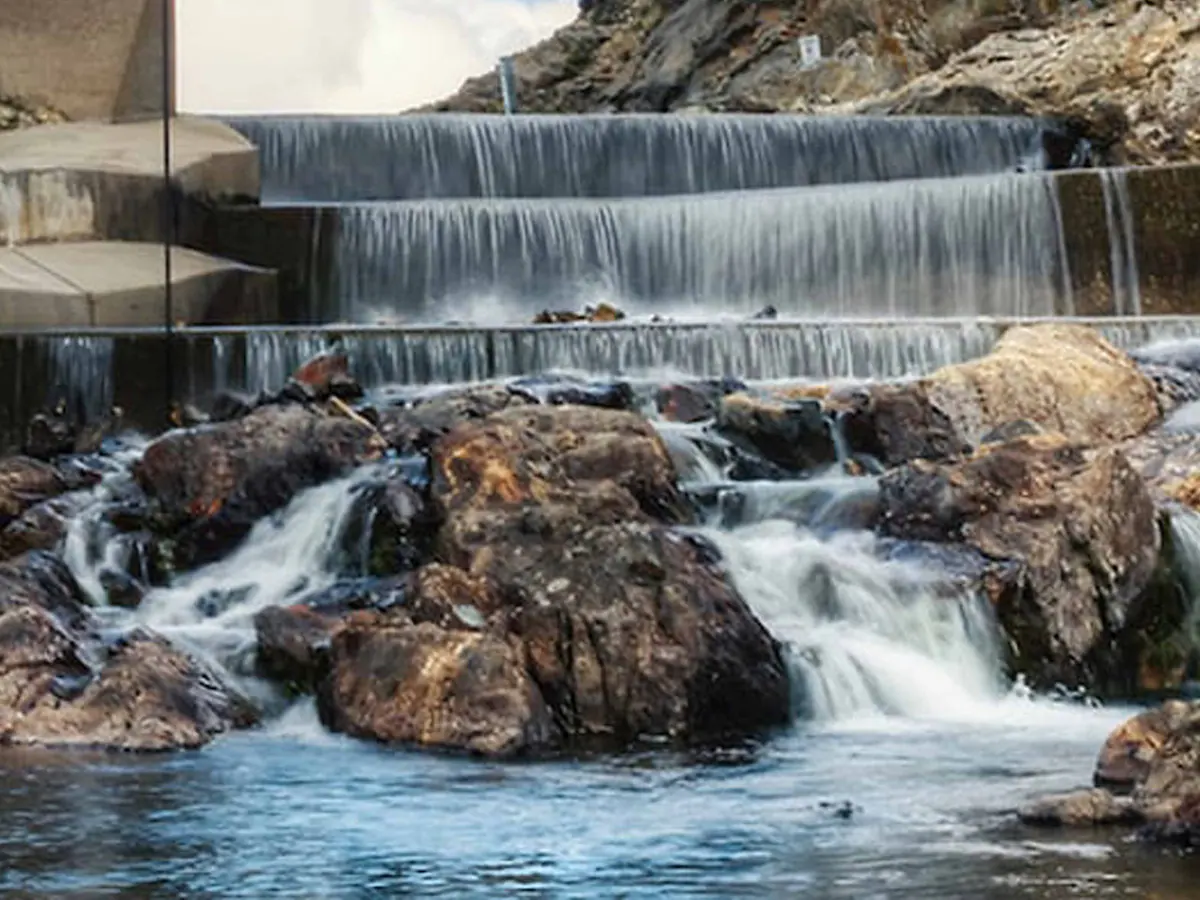AGL Energy is investigating the feasibility of converting some of its existing hydropower generation assets into pumped hydro, including one project with the potential to add energy storage capacity of up to 12 hours.
Speaking at Australian Energy Week on Thursday, AGL COO Markus Brokhof said the gentailer is keen to expand its pumped hydro portfolio, beyond the 400MW, eight hour Muswellbrook project it is collaborating on in the New South Wales Upper Hunter region.
Brokhof – a citizen of Switzerland, where hydro provides around 60 per cent of the power supply – says the potential for pumped hydro in Australia’s shift to renewables has been largely overlooked, despite having many of the crucial ingredients for a net zero grid.
“It’s synchronous, so it provides all the ancillary services [the Australian Energy Market Operator] is needing: system strength, voltage control, inertia, black-start capability and frequency control, which is not provided by a lot of other generation capacities.
“Pumped hydro also provides deep storage… [which] is everything beyond eight hours. So that’s most probably also crucial; if there is wind or solar … you need deep storage.”
Brokhof says AGL’s main focus has been on so-called “bluefield” projects, like Muswellbrook, which need just one new reservoir to be built and are therefore cheaper and less complex than greenfield projects being developed from scratch.
But the gen-tailer is also looking into the feasibility of revamping its Victorian hydroelectric generation assets, located in the state’s Alpine regoing, potentially adding turbines to pump water back up hill, as well as pipes and penstocks.
In a presentation on Thursday, Brokhof said AGL was in the very early stages of pre-feasibility, looking into upgrading the 180MW Dartmouth Power Station, the 120MW Eildon Power Station and the 400MW Kiewa Scheme – the largest hydropower generation asset in the state.

If these plans were to go ahead, Brokhof says the projects would have the advantage of being less capital and time intensive, due to existing infrastructure, would have a reduced environmental impact versus greenfield, and would have existing land and water rights.
That could be important because pumped hydro has proved to be difficult to do. The massive Snowy 2.0 project is way over budget, and running late, and no pumped hydro projects are expected to be successful in the various long duration storage tenders being held around the country, including in the Capacity Investment Scheme.
That’s because of the time it takes to build the projects, and the way the underwriting agreements are drawn up. The only exception is the Kidston project being built by Genex in north Queensland, which is almost entirely financed by the government, and will be the first new pumped hydro facility to join the grid in four decades.
As the chart below illustrates, upgrades to AGL’s Eildon Power Station could, conceptually, boost its dispatchable capacity to 180MW, and allow it to provide four hours of storage.

Upgrades to parts of the Kiewa Scheme could have the potential to supply 10 hours of storage, while upgrades to the Dartmouth Power Station could boost its dispatchable capacity to 315MW and add up to 12 hours of energy storage.
“If you look at the storage sites, Eildon is 3,390 gigalitres,” Brohkof told the conference. “So it’s six times the size of the Sydney Harbour, so you can see what kind of potential this storage has in order not only to do… bridging for a few hours, but also bridging days and weeks.”








